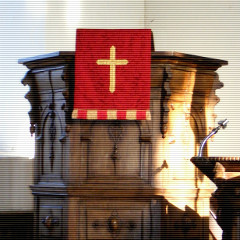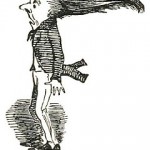
As this post explains, the secret to building a successful megachurch is in evangelizing people inside cultural subsets rather than imploring people to venture outside of their subset.
Political machines are putting the same strategy to use. Here’s the underlying cultural dynamic at play:
Neighbors witnessing to neighbors is a marketing technique suited to Americans, who are increasingly sequestering themselves in communities, churches, and clubs with those who share similar ways of life and politics. The churches created over the last three decades have become some of the most politically segregated institutions in the country, a result of an organizing strategy built on the intentional molding of a “homogenous unit.”
These tactics aren’t designed to “sell” people something new or different but to show that the product (a church, a new concoction of PowerBar, a candidate) embodies the community’s beliefs and lifestyle.
Bush did it well in 2004, and Obama is doing it extremely well in 2008. McCain has been less effective, but the defense of Sarah Palin (“I am Sarah Palin. Her story is my story”), as an example, depends on this strategy. The appeal has nothing to do with whether policies are on point. It’s all about identity and community and belonging.
The strategy is also key to successful product marketing in today’s environment.
















